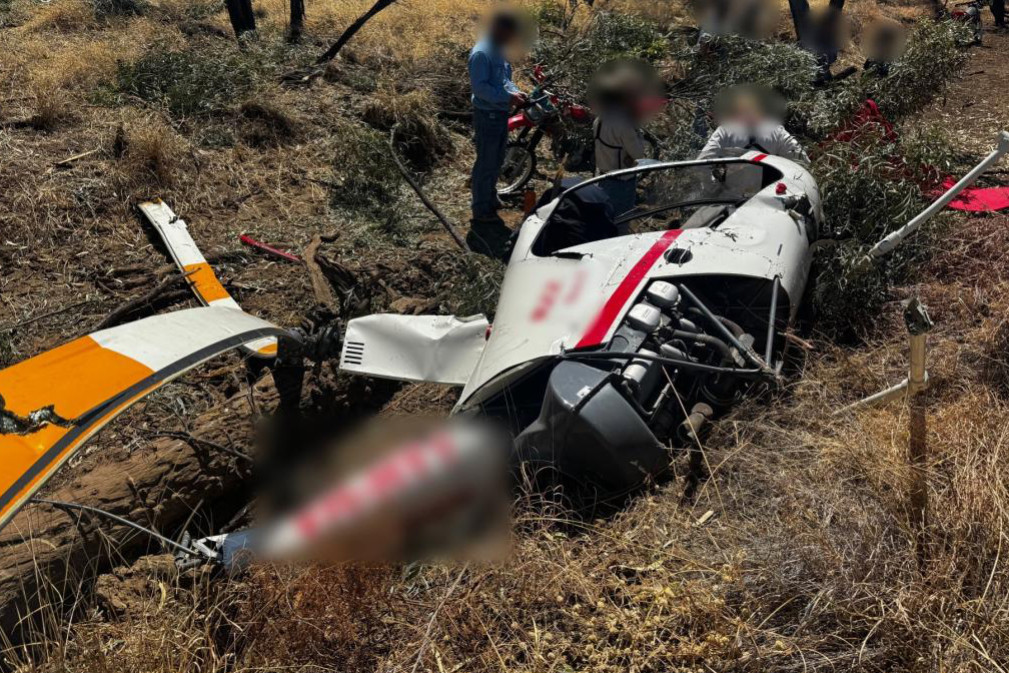General News
13 October, 2025
ATSB releases findings into North West helicopter crash
The aviation safety watchdog revealed what happened last month when a local mustering helicopter crashed.

The Australian Transport Safety Bureau said the pilot of a Robinson R22 helicopter who crashed to the ground last month had just collided with a tree before the incident.
The pilot was lucky to survive the crash and was able to use his radio to call for help, with the LifeFlight helicopter summoned to transport him to Mount Isa hospital for treatment of spinal injuries.
"At about 6.25am local time on 6 September 2025, the pilot and sole occupant of a Robinson R22 helicopter departed Cloncurry Airport to conduct commercial aerial mustering operations about 100km north of Cloncurry," the ATSB wrote in its occurrence brief.
"At about 8.30, the pilot identified a small mob of cattle under trees in a dry creek bed. Attempting to move the stock, the pilot turned the aircraft downwind and recalled the aircraft descended during the turn.
"While attempting to arrest the rate of descent, the pilot increased power as they attempted to avoid a dead tree, which they estimated was about six to eight metres high. However, as the aircraft was already at maximum power, the pilot was unable to gain sufficient height and the helicopter collided with the tree.
"The pilot recalled the tree penetrated the windscreen and that the helicopter began to rotate. The helicopter then impacted terrain on its left side, temporarily rendering the pilot unconscious.
"The aircraft came to a stop in a dry creek bed about 20 metres from the impact tree. The helicopter sustained substantial damage: the tail rotor and horizontal stabiliser separated from the main fuselage during the accident sequence and were located in close proximity to the tree.
"After regaining consciousness, the pilot recalled they were held in their seat by the seatbelt and freed themselves from the wreckage. They contacted the nearby ground crew on motorcycles via two-way radio to request assistance. The operator advised that the onboard tracking and phone records showed the pilot then called the operator about 15 minutes after the impact with the tree.
"The pilot had been wearing a helmet, which sustained minor damage. The pilot sustained serious injuries that included cracked vertebrae and was airlifted to Mount Isa hospital later that morning."
Mustering via helicopter is one of Australia's most dangerous jobs.
In 2014, the Civil Aviation Safety Authority put out a special publication to identify the risks while aerial mustering.
"The aerial mustering sector is hazard rich due to the inherent characteristics of the operation, such as very low level flying, high workload, negative effects from weather, obstacles such as power lines, trees, and terrain, pilot distraction, small power margins, and extended time operating within the shaded area of the height/ velocity diagram (‘deadmans curve’)," CASA wrote.
"In some parts of Australia, military aircraft may intrude into airspace above cattle stations which could cause airborne conflict. Pilot training, supervision and mentoring play an important role in developing pilot skills to manage aerial mustering manoeuvres."